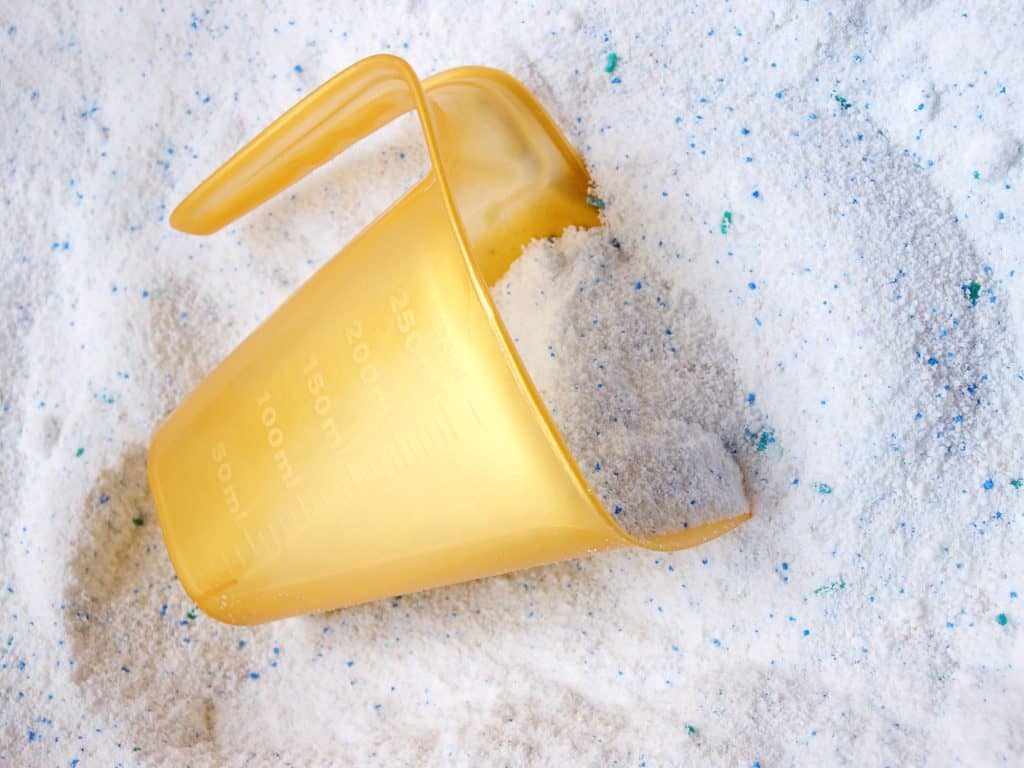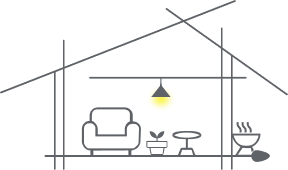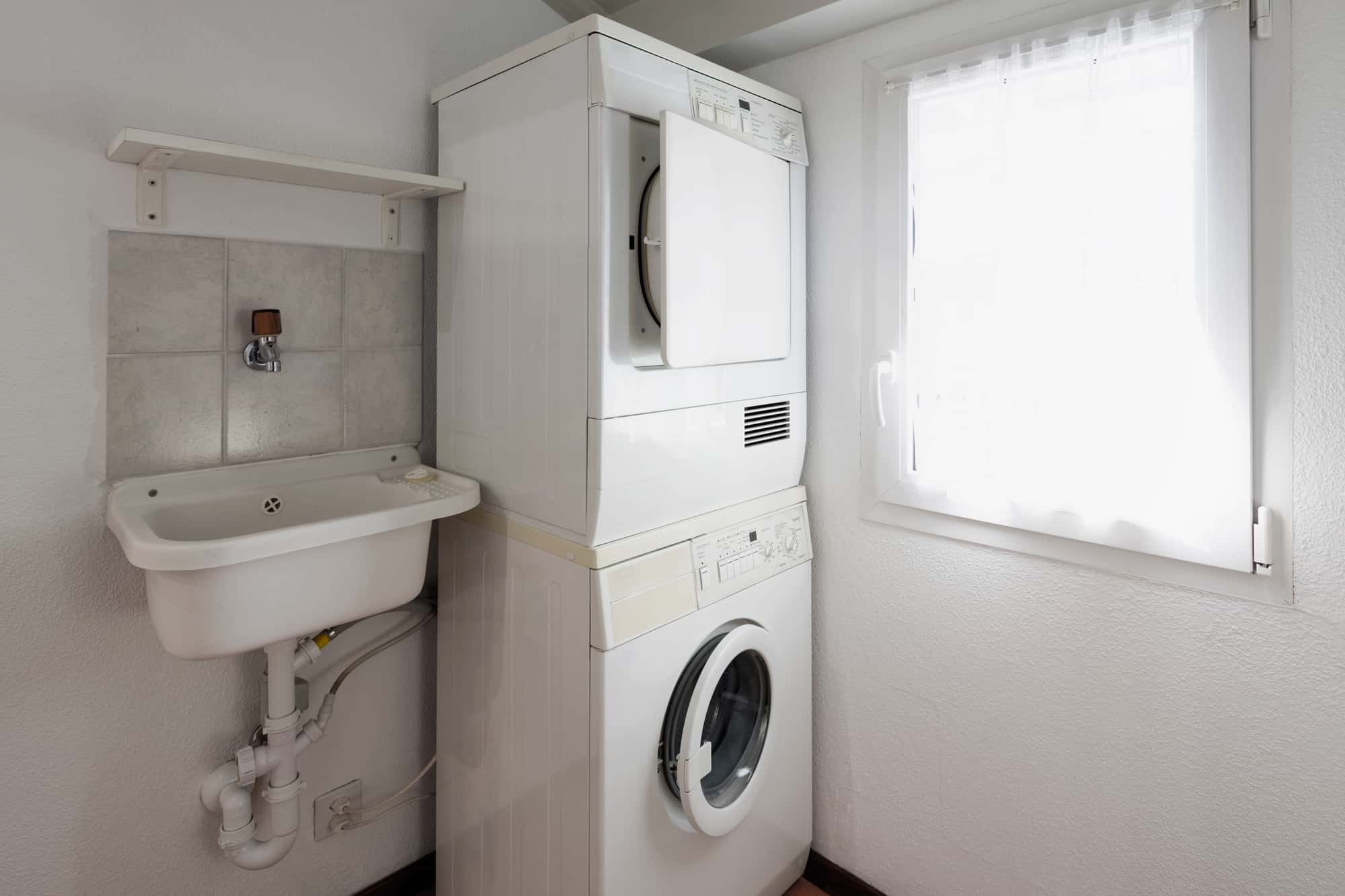Table of Contents
When dealing with tough stains, it’s tempting to go full blast and use every product in your arsenal but this is not always the best way to go. In fact, this can even do more damage than good. But is an Oxiclean and bleach combo an exception?
You shouldn’t mix OxiClean and bleach as it can be dangerous. It creates a chemical reaction resulting in toxic gases that can cause death when inhaled in large amounts. The heat that results as a byproduct is also a fire hazard. Typically, you should never mix potent cleaning products.
In the rest of the article, I will elaborate on what happens when OxiClean is mixed with bleach and what to do when you accidentally mix these two.
Can You Mix Oxiclean and Bleach?
You should never mix OxiClean and bleach. It is hazardous to your health and may even be combustible, especially if your home does not have proper ventilation.
One of the main ingredients in OxiClean is sodium percarbonate, which releases hydrogen peroxide when dissolved in water. It is pretty harmless when applied properly and, in fact, is useful as an oxidizing agent that enables the product to have a bleaching effect (source: ScienceDirect).
On the other hand, the active ingredient in chlorine bleach is sodium hypochlorite. This is a highly reactive and unstable compound, which is why household bleach contains only anywhere from 3% to 6%.
But while a diluted solution is more stable, it still retains its reactive nature and can be harmful when not used the right way. This is also why as a rule of thumb, you should never mix bleach with any other acid or chemical.
When you mix OxiClean and bleach, the hydrogen peroxide that is released by sodium percarbonate in OxiClean reacts instantaneously with sodium hypochlorite in bleach, creating a highly hazardous chemical gas, or what is also referred to as chlorine gas.
Chlorine gas is a caustic mix that contains hypochlorite, hydrochloric acid, and hypochlorous acid. In bleaching products that contain a higher percentage of sodium hypochlorite, the mixture becomes greenish and creates thick fumes (source: Chemical & Engineering News).
When inhaled, these fumes cause serious damage to the respiratory system. Some of the most common initial reactions even if exposure is short are:
- Coughing
- Tightening of the chest
- Burning or watering of the eyes
- Difficulty breathing (source: Washington State Department of Health)
However, after prolonged exposure, the poisonous gas emitted from the Oxiclean-bleach mixture quickly damages tissues. It practically paralyzes the lungs, making them unable to filter out the dangerous gases or let oxygen in.
This, consequently, makes a person unable to breathe. Also, the lungs can easily fill with water, causing pneumonia that may lead to death. While it’s important to note that this usually happens only with extended exposure, it’s better to be safe than sorry and check with your doctor if you know you have been even slightly exposed to toxic gas.
Chlorine gas also has a strong, lingering smell like that of bleach, only more pungent, which makes inhaling it very uncomfortable. This pungent smell is the first telltale sign (because the effects such as stinging in the eyes or difficulty breathing may happen later) that chlorine gas is present in the air. At the first sign of chlorine gas, leave the room (more on this later).
Furthermore, the chlorine gas that results from mixing Oxiclean and bleach is not combustible. However, due to its highly caustic nature, it can quickly react with other substances and chemicals in its immediate surroundings.
When chlorine gas mixes with other substances such as ammonia, hydrogen, ether, turpentine, and acetylene, it reacts by causing combustion (source: New York State Department of Health).
What makes this nature of chlorine gas doubly dangerous is that the substances that it can cause to combust are commonly found in households and business establishments, creating combustion almost always unavoidable when chlorine gas is present.
And when chlorine gas reacts with combustible substances in an environment where a fire is present (even a tiny spark), the reaction can cause a huge explosion that erupts almost instantaneously and causes massive damage.

Accidentally Mixed Oxiclean and Bleach? Here’s What To Do
If you accidentally mixed OxiClean and bleach, chances are you are already exposed to chlorine gas. When this happens, you need to immediately reduce your exposure to prevent serious health risks.
When you are exposed to chlorine gas outdoors, the first thing you should do is leave the area and go to higher ground. Chlorine gas tends to sink in the air, which is why it settles in lower areas. Go as far as you can as quickly as you can, and take in clean, fresh air (source: Centers for Disease Control and Prevention).
If you need to get back to the same area, wait a while (an hour or two) before doing so to make sure that the gas has dissipated.
While outdoor exposure is possible, indoor exposure is more common (such as when you are doing the laundry or cleaning your house).
When this happens, the first thing to do is open your doors and windows to let outside air in and the harmful gas to dissipate. Leave the room immediately, and wait at least a couple of hours or until the pungent bleach smell is gone before returning
Before re-entering the room or house, make sure that you’re wearing a mask to ensure that you’re safe from any lingering fumes.
Also, if you have put the OxiClean and bleach mixture on a load of laundry already, the safest recourse is disposing of the clothes. But if that’s not an option for you, you can rinse the clothes thoroughly with clean water.
However, be careful to do this only if you’re wearing a mask and protective gloves and have sufficiently aired out the room.
Conclusion
I hope this quick guide has helped you understand what happens when you mix OxiClean and bleach and why you should avoid it at all cost–even if you’re facing the most stubborn stain!
And remember, if you’re ever worried about chemicals you’ve accidentally mixed, you can always call the Poison Control hotline to get their opinion on what steps you should take next.











